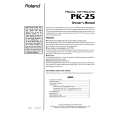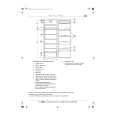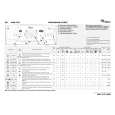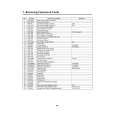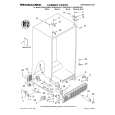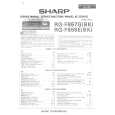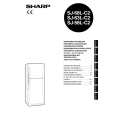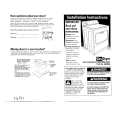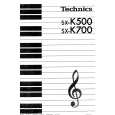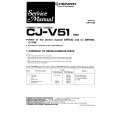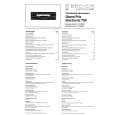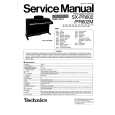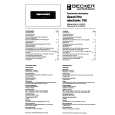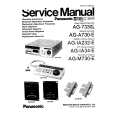|
|
|
Productos
|
|
Información
|
|
Destacado
|
|
|
 |
|
|
No hay comentarios de productos.
Level 1 and 2 Service Manual
Troubleshooting
Troubleshooting Chart
Table 4. Level 1 and 2 Troubleshooting Chart
Symptom 1. Telephone will not turn on or stay on. Probable Cause a) Battery either discharged or defective. Verification and Remedy Measure battery voltage across a 50 ohm (>1 Watt) load. If battery voltage is <3.25 Vdc, recharge the battery using the appropriate battery charger. If battery will not recharge, replace the battery. If battery is not at fault, proceed to b. Visually inspect battery terminals on both the battery and the telephone. Realign and, if necessary, either replace the battery or refer to a Level 3 Service Center for battery connector replacement. If battery terminals are not at fault, proceed to c. Remove the transceiver board assembly. Substitute a known good transceiver board and temporarily reassemble the phone. Press the Power/End key; if phone turns on and stays on, disconnect the dc power source and reassemble the phone with the new transceiver board. Verify that the fault has been cleared. Check connection between the antenna and the transceiver board. If the connection is OK, substitute a known good antenna. If the fault is still present, proceed to b. Replace the transceiver board (refer to 1c). Verify that the fault has been cleared and reassemble the phone with the new transceiver board. Temporarily replace the display module with a known good display module. Verify that the fault is cleared and reassemble the phone with the new display module. If the fault is still present, proceed to b. Replace the transceiver board (refer to 1c). Verify that the fault has been cleared and reassemble the phone with the new transceiver board. Temporarily replace the alert transducer with a known good alert transducer. Verify that the fault is cleared and reassemble the phone with the new alert transducer. If the fault is still present, proceed to b. Replace the transceiver board (refer to 1c). Verify that the fault has been cleared and reassemble the phone with the new alert transducer. Replace the microphone as described in the procedures. If fault is not cleared, proceed to b. Replace the transceiver board (refer to 1c). Verify that the fault has been cleared and reassemble the phone with the new transceiver board.
b) Battery terminals open or misaligned.
c) Transceiver board defective.
2. Telephone exhibits poor reception or erratic operation such as calls frequently dropping or weak or distorted audio.
a) Antenna defective.
b) Transceiver board defective.
3. Display is erratic.
a) Display module defective
b) Transceiver board defective.
4. Incoming call alert transducer audio is distorted.
a) Alert transducer defective
b) Faulty transceiver board.
5. Telephone transmit audio is weak. (usually indicated by called parties complaining of difficulty in hearing voice).
a) Microphone defective.
b) Transceiver board defective.
6. Receive audio from earpiece speaker is a) Connections to or from transceiver Check connection from the earpiece to the weak or distorted. board defective. transceiver board. If connection is not at fault, proceed to b.
6809495A77-O
September 23, 2005
41
|
|
 |
> |
|


